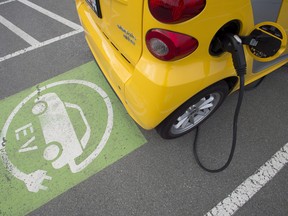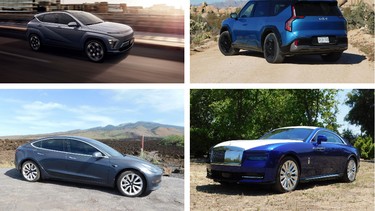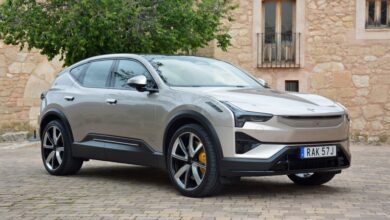From horsepower to electric vehicles, the market always beats mandates

Anyone familiar with Western agricultural history knows today’s emphasis on energy transitions is nothing new.
In the 1920s, farmers across the country switched from hay power to gas power. As a result, between 1920 and 1930, the population of horses in the United States fell by more than 6 million. That’s a lot of dog food.
The switch to tractors occurred because of one thing — economics. For example, the cost of spring plowing in 1920 with horses fell from $2.69 per acre to $2.07 with tractors; fall plowing from $3.04 to $2.13. All of this happened without the federal government’s helping hand.
About the same time as the switch from horses to tractors, remote farms and ranches were making another energy transition, from wood, coal and kerosene to electricity.
Between 1920 and 1935, households in remote locations purchased 1 million wind chargers. These were not the iconic windmills you can still see scattered across the Great Plains to pump water for livestock and crops, but were small propeller-driven generators, perched atop towers or buildings, that charged 6-volt batteries.
Leading the charge — pun intended — was Windcharger Corporation, which, at its peak, produced 2,000 “deluxe” models per day. The chargers sold for $44, $785 in 2024 dollars, and charged 6-volt batteries that could power small lights and other appliances, especially radios that connected people to the outside world.
Another energy transition driven by economics and convenience.
Windcharger Corp. sales of 750,000 units worldwide in its first 10 years — including the Great Depression — attracted a major injection of capital and dozens of competitors. Zenith Radio Corp. saw an opportunity to sell more radios and purchased a major share in Windchargerer. The company then dropped the price of a wind charger to $15, or $268 in today’s currency, if purchased with a Zenith radio.
So what happened to this market-driven energy transition? The death knell was part of the New Deal, the Rural Electrification Act of 1936. The act provided subsidized federal loans to companies willing to build powerlines to reach rural areas of the United States.
Better than sporadic wind power stored in batteries, these lines provided cheap, reliable “green energy” mainly from subsidized federal dams, such as Hoover and Grand Coulee. This energy transition was not driven by sound economics but by politics and subsidies.
The Biden administration’s plan for a “Clean Energy Economy” is no different. The president and fellow Democrats 2021 budget proposed $2 trillion in federal investment in technologies to fight climate change. The final budget that passed the House pared down that amount to $555 billion, still a lot of zeros.”
Unlike the transitions from horses to tractors or kerosene to wind-generated electricity, this political transition shows little progress. In 2020, coal, natural gas and oil accounted for 79 percent of U.S. energy consumption and renewables and nuclear for 21 percent. By 2022, coal, gas, and oil accounted for 82 percent and renewables and nuclear 17 percent.
Progress?
The main reason there is no sign of an energy transition is the same reason for the progress in the 1920s — economics.
According to Bloomberg’s New Energy Finance forecast, Biden’s proposed spending leaves a “transition” spending gap of $6 trillion. That comes on top of a federal budget destined to leave our children debt-poor. Moreover, carbon-free electricity will be expensive. Even adjusted for inflation, wind and solar prices to consumers rose by more than 30 percent between 2018 and 2022.
Back to the future is the path to cleaner energy. That path will be paved with market-driven technology and consumer-driven demand.
Terry L. Anderson is the John and Jean DeNault senior fellow at the Hoover Institution at Stanford University.
Copyright 2024 Nexstar Media Inc. All rights reserved. This material may not be published, broadcast, rewritten, or redistributed.



